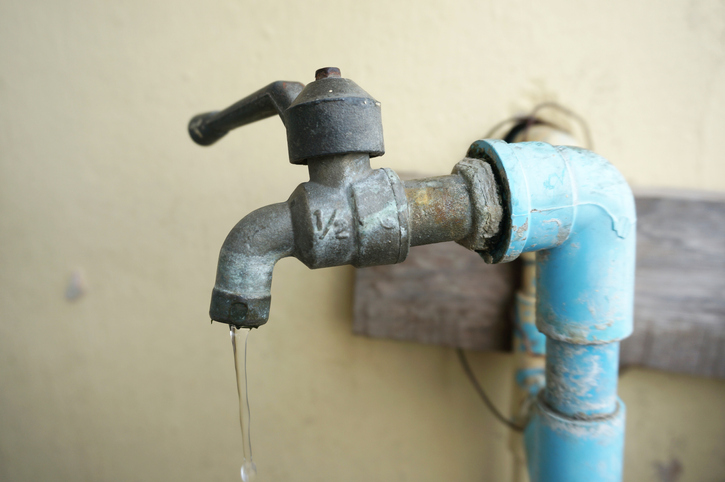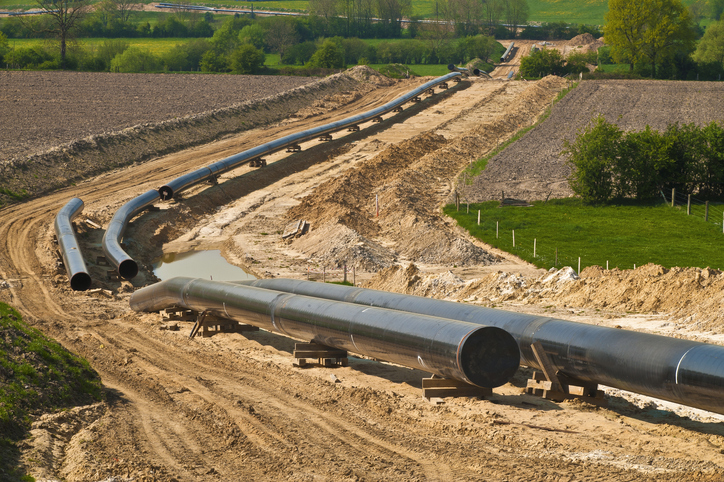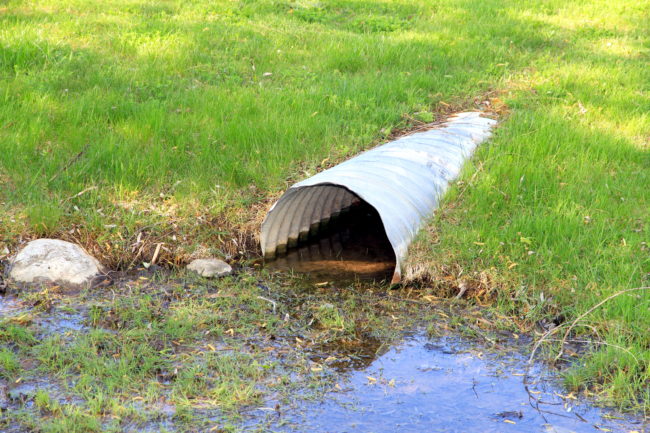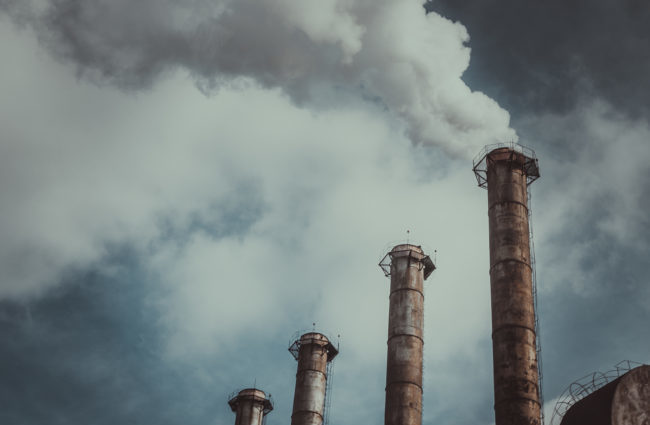Water scarcity is a growing concern for the EPA, as discussed in depth in its National Water Reuse Action Plan issued this week.
The plan outlines ways that the EPA can work with state and local governments to promote water reuse and support research into new technologies. Due to various pressures, 80 percent of U.S. states anticipate water shortages in some parts of their states in the next decade. Over the past several decades, agriculture, industry, and communities have faced water crises and responded through …
Continue Reading









